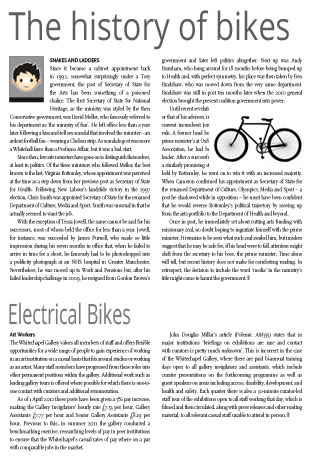S5 is useful learning strategy that will give you a quick overview of a new text. S5 helps you identify and take in the 5 main elements of a text:
- Skim through the images
- Study the introduction
- Study the conclusion
- Search for the headlines
- Scan for keywords
You can combine this learning strategy with others, e.g. a mind map for the headings or 2-column overview for the key terms. With S5, you utilize the structure of a text in a smart way.

Skim through the images
On a page with not too many images, you’ll be able to see them all at once, at least the ones on the current pages, and you can quickly see which of the images shown actually matter. Optional captions will further explain why they are included.
Forms and diagrams usually contain a lot of detailed information. If an explanation has been written of what they contain, you can try to remember that explanation, but otherwise, do not spend too much time on them – you can come back to these later.
You may also be able to use the pictures if you make a mind map later.
Study the introduction
In the introduction, the author tends to write briefly what the text is about. Take that in.
Study the conclusion
In the last section of the text, it may be that the author has written a conclusion, or that the most important points are repeated.
It could also be that the author encourages something (a ‘call to action’), in which case it may make sense to go a little further back in the text.
Search for the headlines
The headlines are easy to identify. When a text is split up and divided into parts, it is with the purpose to make the structure clear, and so it will help you to get an overview of that structure, i.e. how the text pieces are connected.
Scan for keywords
Scan or go over the text and see if you find words that stand out to you. This may be because the words are unknown, or you can identify key concepts visually:
* Many key concepts are nouns, sometimes in combination with adjectives.
* Sometimes the author has highlighted key concepts already by formatting the words in italics or bold.
* Key terms are often longer words, or compound words.
You can e.g. highlight the words in color, or create a two-column overview.